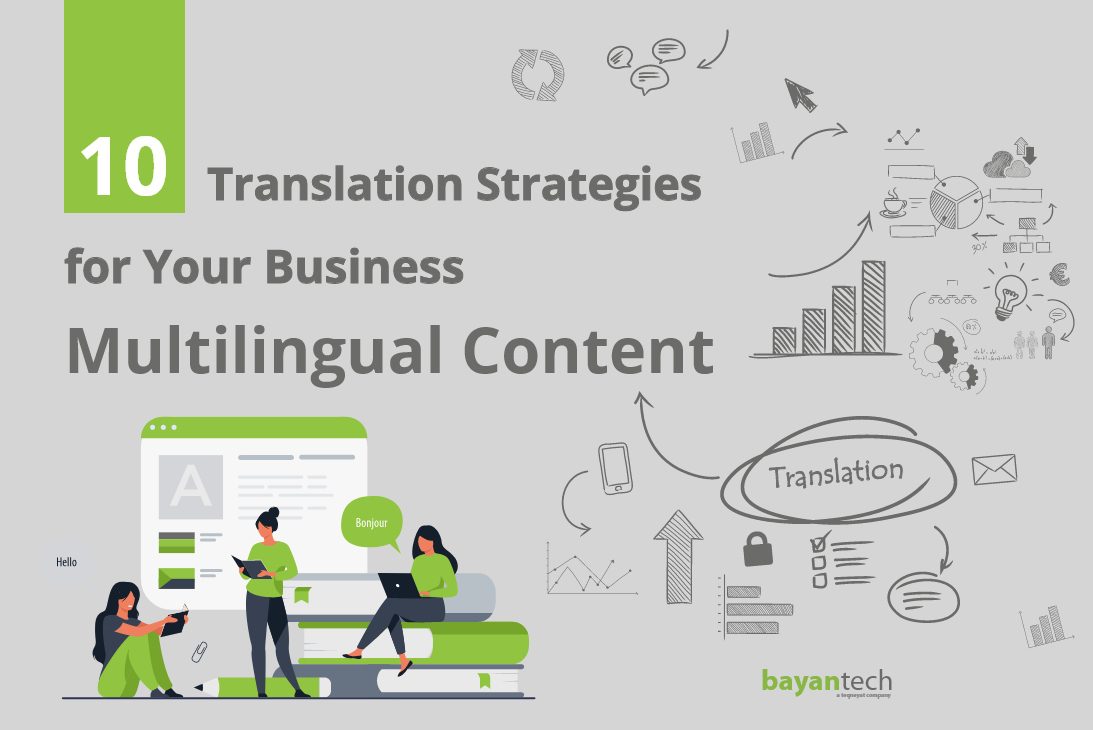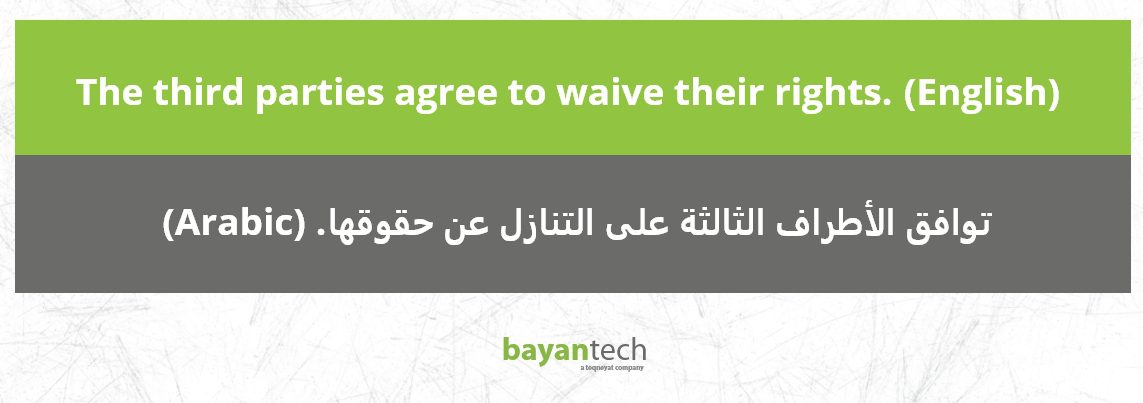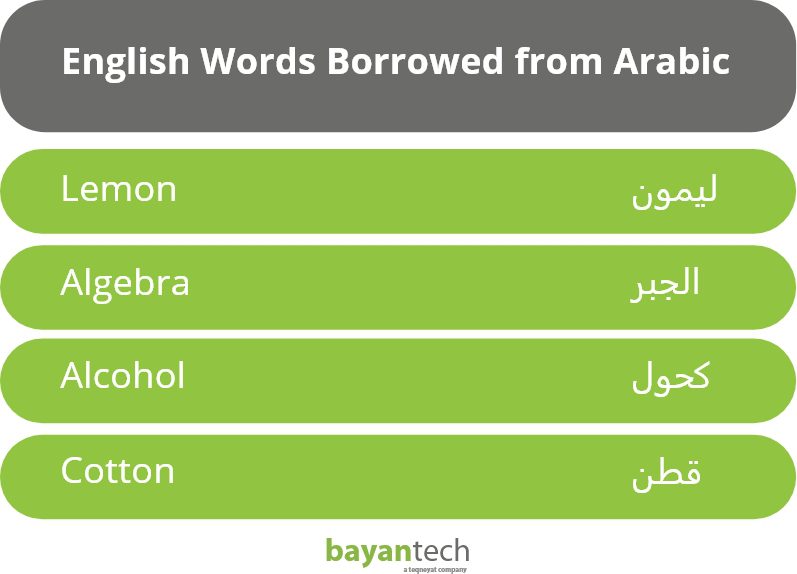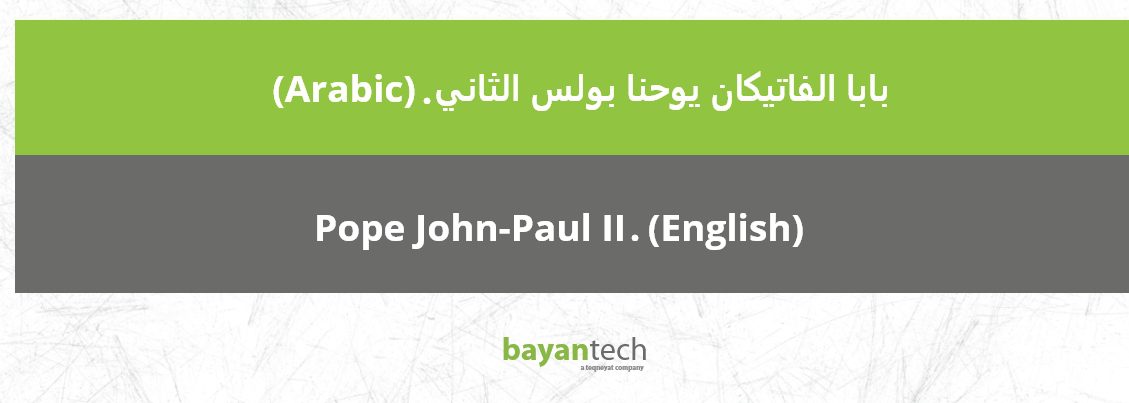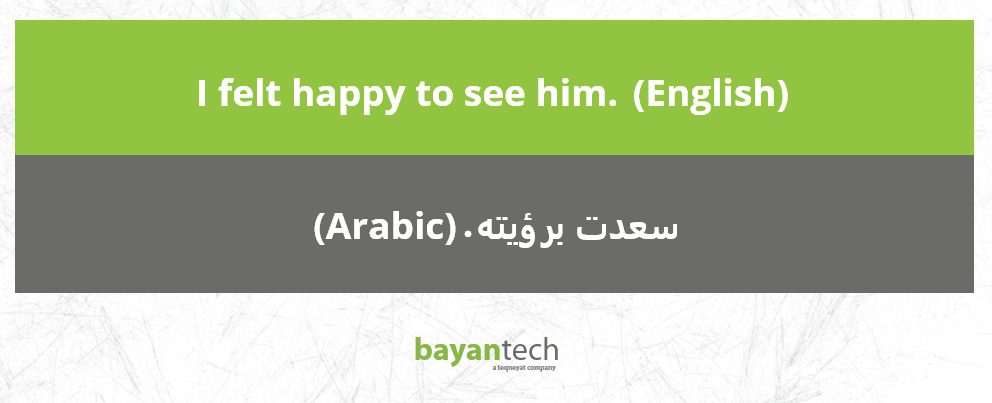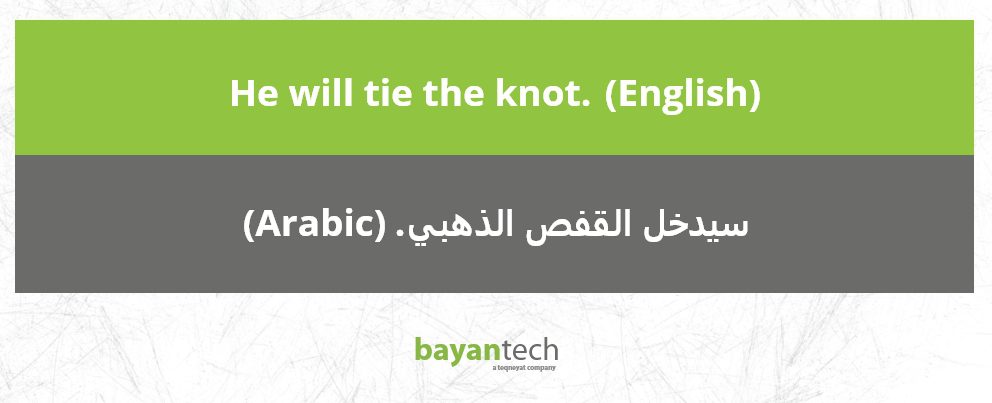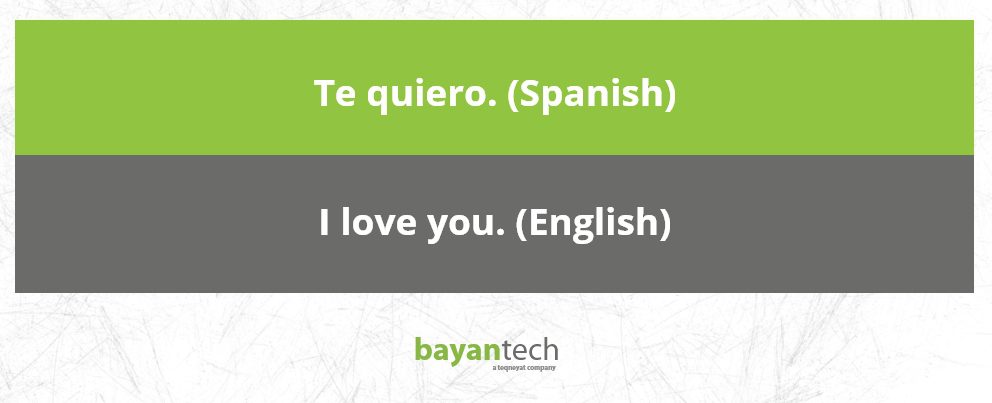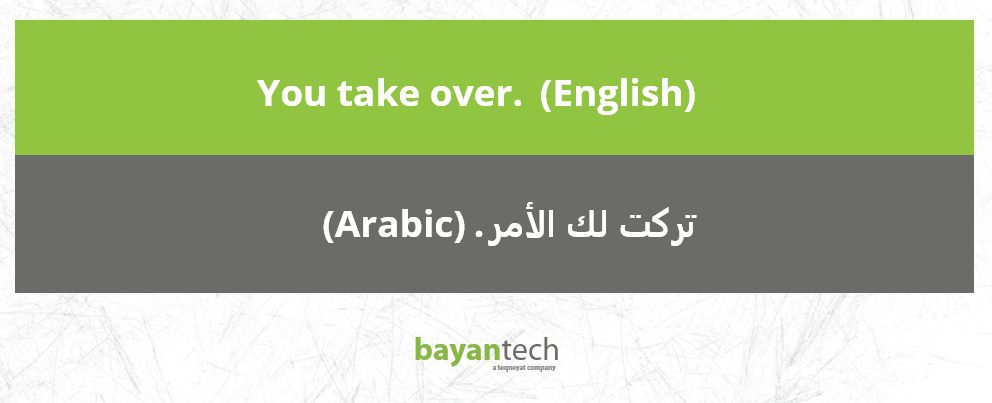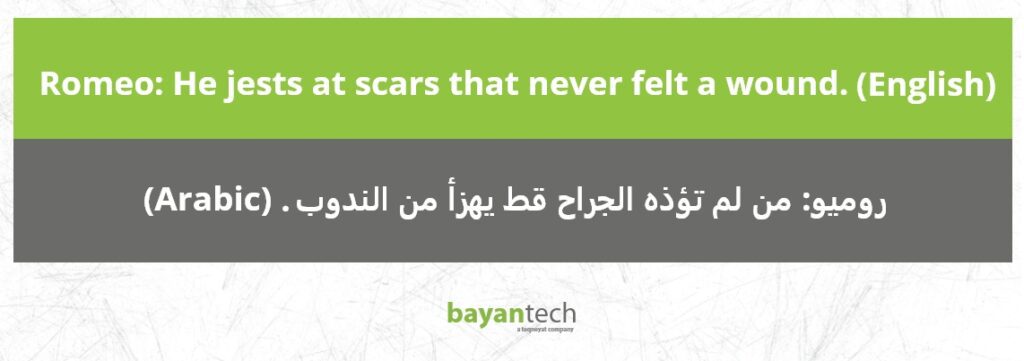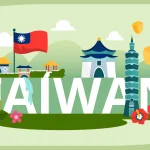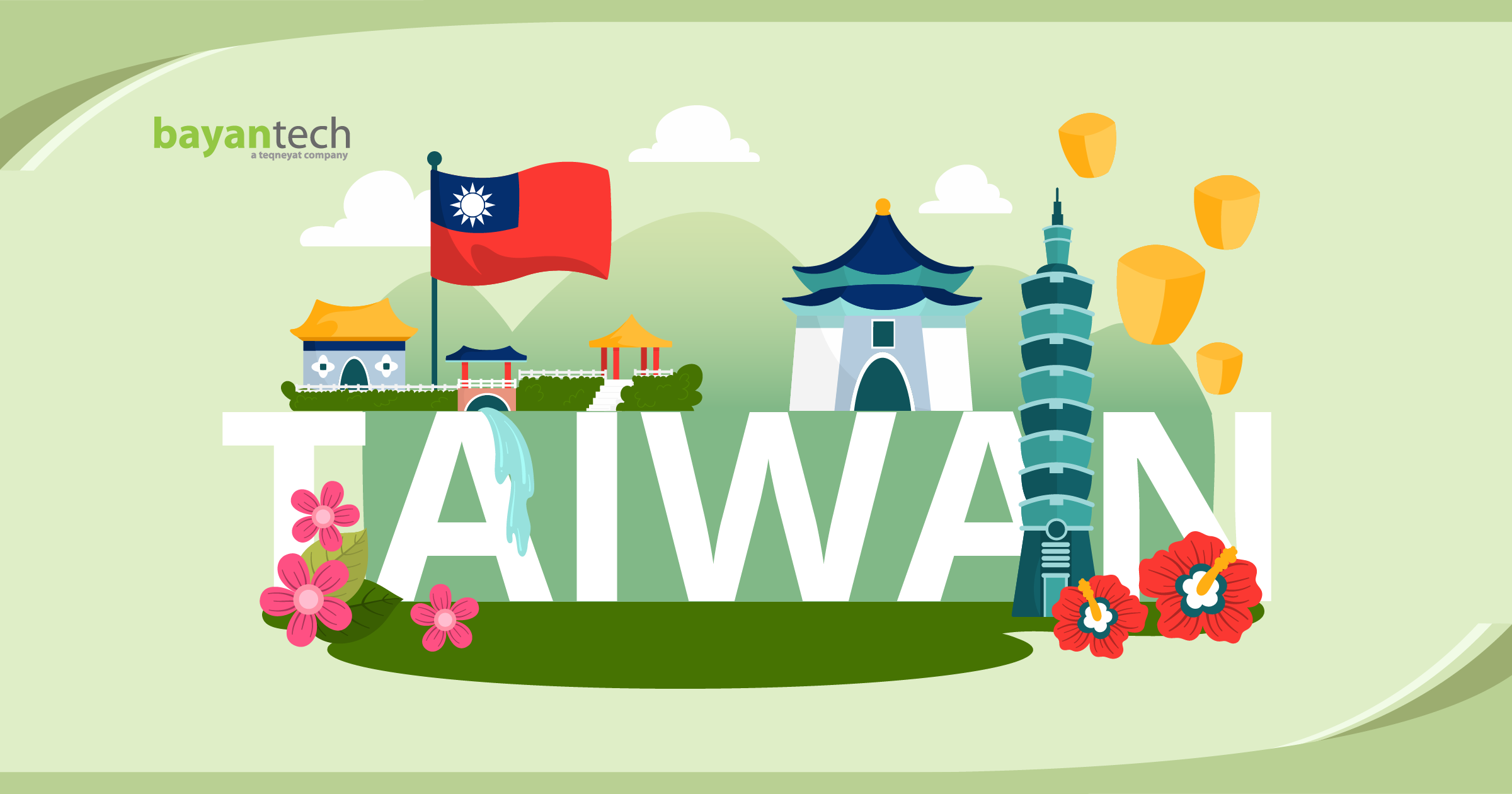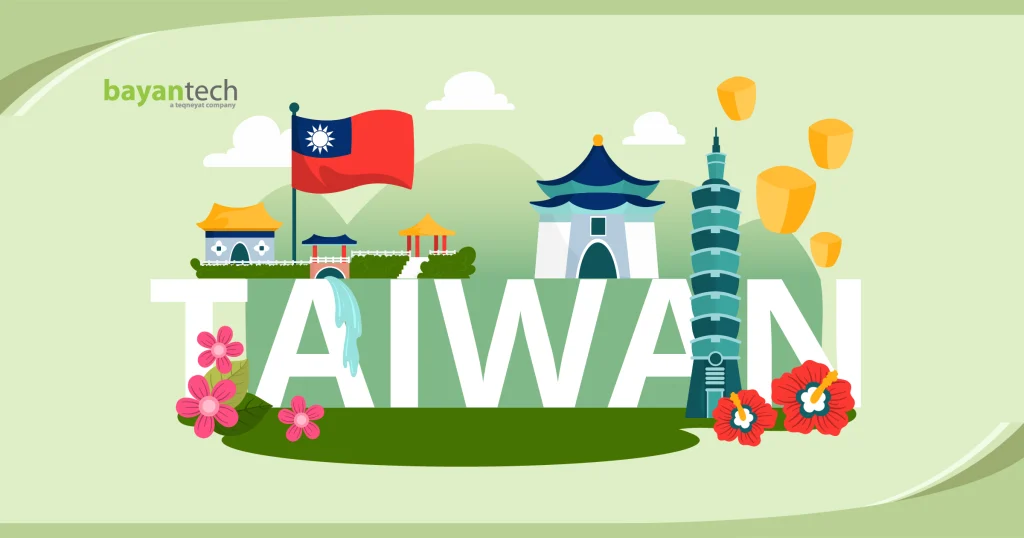At first glance, translation to non-professionals could be a field they prefer no involvement in. However, there are times that leave them with no choice but to be involved. This is especially true when you need to translate your business content, as part of your global expansion strategy. One question that might nag you and every business is: what direction should the translation of my content go? And here is where translation strategies come into play.
Translation strategies, methods, or techniques mainly focus on what you want to convey out of your translation. Is it the full literal meaning or the whole in-between-the-lines essence that carries not only the language but its culture and wavelengths as well? For these and many other possibilities, translation strategies offer you a wide array of decisions to choose from while translating.
For some businesses, translation is a routine process that they mistakenly believe requires no involvement on their part. However, as a business seeking , you need your objectives, business identity and vision, and ideologies clearly outlined so that the translation can fully and accurately capture them. You might need a translation company or a professional translation team for that. But what you need more, at least in the beginning, is a good understanding of translation strategies
Table of contents
If you look up “translation strategy” online, you’ll find many definitions. Here’s one; Krings (1986:18) defines it as the “translator’s potentially conscious plans for solving concrete translation problems in the framework of a concrete translation task.” And here’s another; Loescher (1991:8) says it is “a potentially conscious procedure for solving problem faced in translating a text from one language to another.”
These two definitions use the words “conscious” and “problem,” and those two are the essence of what a translation strategy is.
So, here’s our definition: A translation strategy is a set of procedures that plan the translation process. These procedures and techniques are carefully employed by translators and linguists to address translation problems or challenges that may arise when shifting between two languages. These problems can either be linguistic, cultural, or contextual. Translation strategies are then a problem-centered, consciously-made text manipulation, three characteristics that Chesterman states about translation strategies .
It might sound like this is completely the work of a translator. This is where you are partially wrong. While translators are the problem solvers and decision-makers here, you have a key role to play. After all, it’s your business, your content, and your audience.
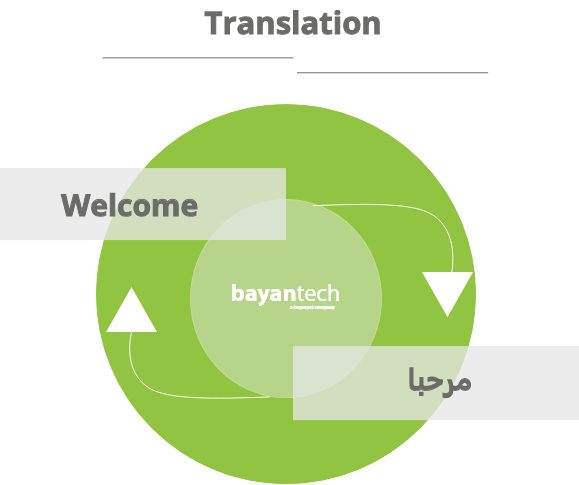
As you are kick-starting your multilingual content plans, you may have different types of content, ranging from business and legal documents, user manuals, websites and apps, marketing materials and campaigns, social media, and more. However, it wouldn’t be possible for your translation team or translation agency partner to get down to work on any of this content without your valuable input.
According to decisions related to translation techniques take place even before the actual translation, when you and your translation partner meet and discuss how the translation should go. They should have a deep understanding of your business and industry, your brand message, your objectives, and your needs. You’ll need to answer questions about your audience and the appeal and emotional impact you are looking to imprint on them. You’ll also need to decide on the tone and voice of your brand, and how you’d like your brand to be perceived by your new, international audiences.
Your input puts your translation team on the right track and guides them to make confident decisions on what translation strategies to use.
Take these few questions as a lead-in roadmap, supporting you through your translation plan:
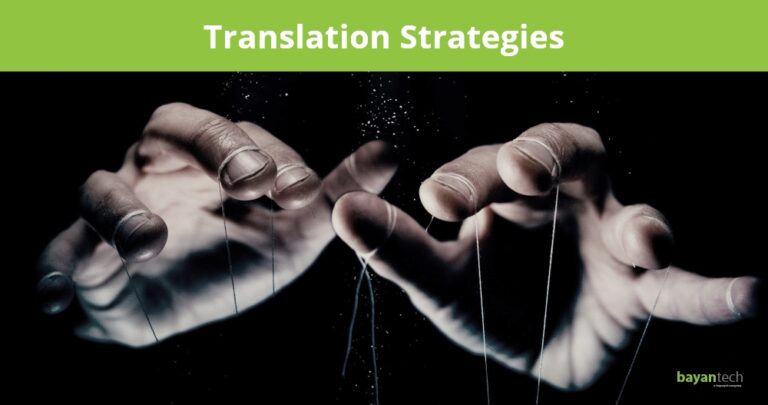
- What is the type of your content? What are its main linguistic and cultural features?
- What is your brand's tone of voice? What is your key messaging?
- What impact is desired from the translation?
- Who is your target audience?
- What are their main pain points?
- Are there any cultural or social taboos?
Answering these questions will help translators select the translation strategies that align with how much you need to convey from the original text, for instance, or whether the translation should stay true to the source language, or be a complete adaptation to the new language and culture in question.
This is how translation strategies provide a perfect tool to mold your content into what really serves your vision. And it’s why translation strategies are never a luxury. For a professional translator or a translation company, a project would never go on without employing some or at least one of the translation strategies, which we are going to explore next.
1. Literal Translation
From its name, literal translation is the simplest translation strategy. It is through which a translator chooses to stick to the wording of the original text over its effect and cultural nuances. In doing so, they stick to the word-to-word (root-for-root) translation.
Example
Despite the fact that literal translation is universally perceived pejoratively and criticized for being too direct and restrictive, such a translation strategy is exactly what certain types of texts essentially require. The most prominent are those in the medical, legal, and highly technical fields. Because accuracy and precision are critical in these types of translation projects, and every word matters more than in any other field.
2. Borrowing
Borrowing represents the very foundational level of translation strategies. It is the one where a translator really opts for a no-translation strategy! With borrowing, a translator merely brings in the foreign term as is. For example, when translating words such as software or shampoo from English into Arabic, we leave them as they are.
Such instances appear in all languages, so to speak. For example, English borrowed words such as lemon, algebra, algorithm, alcohol, and cotton all come from Arabic.
Borrowing is, at times, very useful and even necessary. For example, when introducing a new concept, new words must be introduced, whether they are to be translated later on or not. For example, if we mention “high school” in a text, the reader would instantly think of an American-style school. And in that way, borrowing helps in avoiding unwanted redundancy and explanation.
Sign up to our newsletter to receive the latest blogs and news.
3. Calque/ Loan Translation
Similarly, calque could be viewed as borrowing but on a higher level. With calque, a translator chooses word-for-word translation (root-for-root) even if the resulting word or expression is brand new in the target language. By doing so, they depend on the audience’s ability to understand new concepts from other cultures.
Calqued phrases, with time, become normalized in the receptor language to an unbelievable extent. Late adolescence (المراهقة المتأخرة), seasonal unemployment (البطالة الموسمية), disguised unemployment (البطالة المقنعة) recycling (إعادة تدوير), the cold war (الحرب الباردة), and the black market (السوق السوداء) are all examples of English words or expressions that have now been adopted by many other languages.
Although viewed as aggression, calque contributes to enriching the target text with newer viewpoints.
Take a look at the 4 subcategories of calque:
1. Addition
Addition is to add more text when it is not there in the source language. That is to say, it serves as an explanation or guidance. For example, a translator may find it important when translating the word “كشري” from Egyptian Arabic to add a brief of its ingredients or an explanation. An example of the translation would be “Kushary” (a rice, lentils, and pasta dish).
From the audience’s view, addition is great, when facing cultural-specific elements. Addition, in such places, will spare them the time and effort of looking them up.
However, a translator might not make such a decision without resorting to the instructions that your business set in the first place.
2. Omission
To some, it is a huge transgression of the original text that non-translators might doubt its correctness. But, languages and cultures differ greatly. And what is perceived as important in one culture could be meaningless in another.
By using omission, a lot of ground could be covered with no need for unnecessary details.
Thus, it helps intensify the focus on important segments instead. Omission is, accordingly, used for economy, emphasis, style, and many other reasons.
Example:
3. Adaptation
Adaptation is a strategy employed when there’s a culturally specific notion that needs to be rendered in other languages. In other words, you may find two notions that serve the exact same purpose in two different systems, but they could happen to be completely different.
For example, a person would measure their height in feet if they were in the USA but in centimeters in Arabic-speaking countries.
Another example would be converting the age from or into the Chinese aging system.
Around the world, age is calculated right from birth, starting at zero. Yet, for the Chinese, it starts rather at the beginning of pregnancy. So, a newly born baby automatically turns one. In addition, another year gets added to the baby’s age on their first lunar new year’s day.
In other words, a Chinese person could be anywhere from one to two years younger, in universal terms.
Adaptation, therefore, to some extent, is not pretty much favored by knowledge-hungry audiences, who are seeking every detail in the foreign culture including lifestyle or cuisine. And speaking the truth, adaptation would, to some extent, drop that.
A Quick Guide to Translation Strategies for Your Multilingual Content
For effective translations, you need this ultimate shortcut to translation strategies. Download this mini-guide to explore different translation strategies.
4. Transposition
Transposition is a strategy that changes the grammatical sentence structure of the source language to what better suits the target text and language. A translator might see a different grammatical category better than the original getting exactly mirrored. Such decisions are made to exactly strike an equivalent effect on the target readership.
Example:
The adjective in English here is rendered as a verb in Arabic. In this example, those two grammar categories, although different, have the same effect.
5. Equivalence
Equivalence – also called reformulation – is the puzzle game of translation. It works on idioms, proverbs, slogans, and cultural-specific elements. Whenever literal translation fails to transfer the same effect, equivalence comes into play.
For example, equivalence would always be the safest choice when conveying cultural-specific responses in different social situations. If someone thanks you in English, you could answer: “don’t mention it”. But in Arabic, you would say ”عفوا” instead. Bear in mind that here a literal translation of the English response “لا تذكر الأمر” would give an eerie feeling to the receiving audience. It is workable, though, but “عفوا” is the most natural choice.
Example:
If we literally translate the English idiom into Arabic, the meaning will be completely different. So, a good translation would be to find its equivalent Arabic idiom.
Equivalence requires a deep understanding of both cultures, not only the language. If a translator does not understand an idiom and the culture behind it, meaning will be lost in translation.
Equivalence draws the cultures closer. It works on making the translation sensible and of effectual meanings. In that way, a reader would not only be a receiver of verbal blocks that are forcibly clayed to fit together. In fact, a reader would rather be an active one, who is interactively engaged.
6. Modulation
Modulation is the change in the point of view or perspective of thought inside or outside the language. Modulation has various types, including negative into positive (negated contrary); passive into active; whole for part; abstract for concrete; cause for effect; space for time, etc.
Example 1:
In Spanish, this sentence structure literally means “YOU I want” but it really means I love you. This change in the direction is modulation.
Example 2:
The subject here shifted. In Arabic, someone gives control to another. While, in English, the other person claims it him/herself, rather than receiving it.
7. Compensation
Compensation is a substitution for an omission when translation is unviable. It is a strategy that mostly concerns untranslatable idioms, puns, alliterations, rhyme, slang, metaphors, etc. With compensation, translators try to redeem or recreate the effect of a lost feature.
Here’s an example from Romeo and Juliet, Act 2, Scene 2, Line 1:
Ergo, translation as a process is dynamic in nature. And, without a doubt, it is influenced by the cultures involved as well as their social, economic, and political environments.
Therefore, it is of paramount importance, before starting a translation project, to sit down and decide on the scenarios you want to be played out and the paths to be followed.
bayantech Can Help You Manage Your Multilingual Content
Deciding on the right translation strategy for your content could be confusing. It requires expertise, skills, and translation tools. Not even your in-house bilingual team can navigate these translation strategies. What you need is an expert , with full-fledged translation teams and translation technology.
bayantech is the translation agency partner you are looking for.
Collaborate with bayantech and its highly qualified teams with years of experience and industry expertise to handle all your translation needs and business content across industries and sectors.
Contact us now for A to Z professional translation services or get a free, instant translation quote!

